It's all too easy when barbel fishing to just rig up a big feeder, cast it into the middle of the river and sit back to await the three-foot twitch that indicates a bite.
Of course, this tactic will work to a certain degree, but by giving a little thought to how you might progressively work the swim, you can turn a one-fish hit into a memorable red-letter day
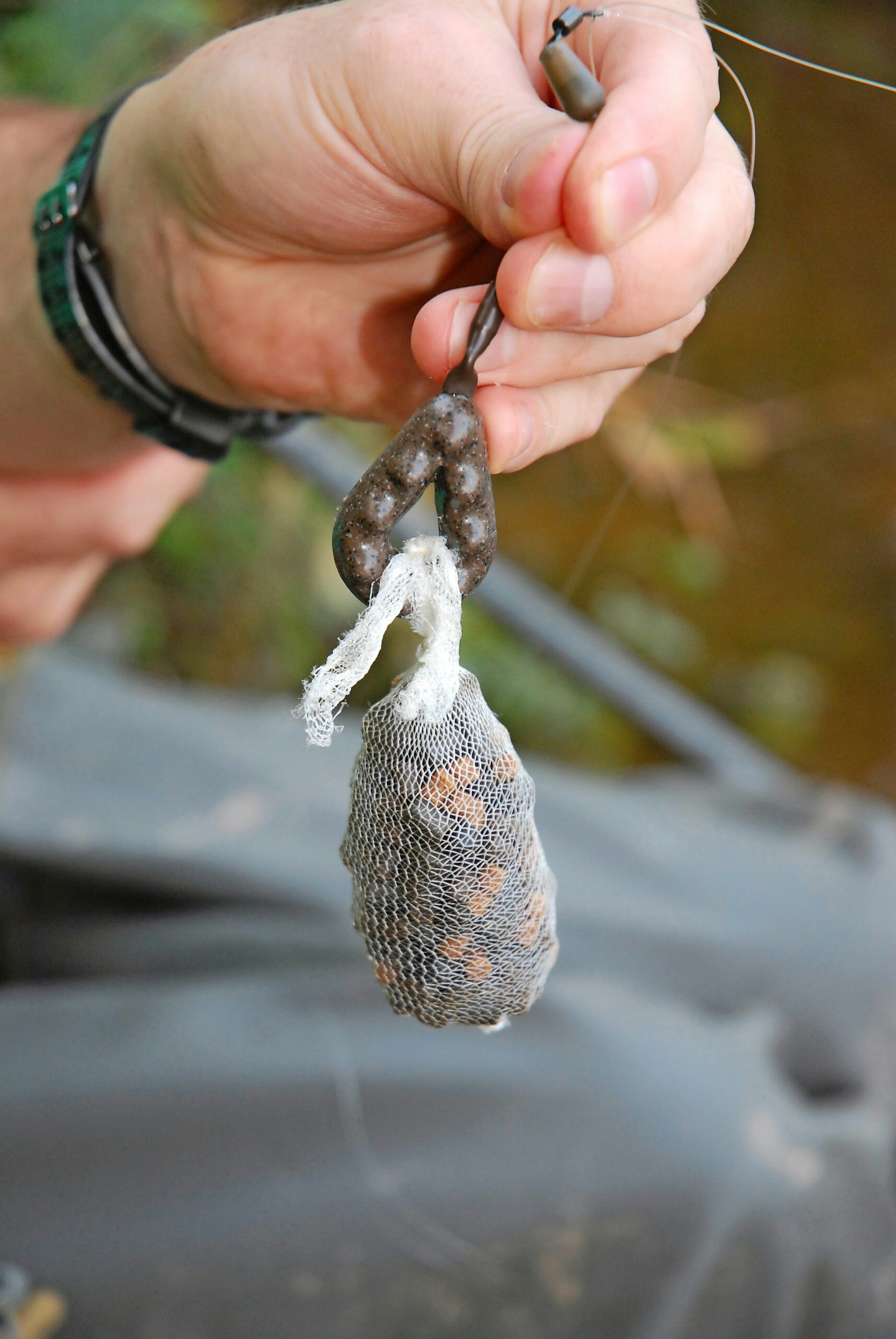
Ditch the feeder
On many rivers, barbel have wised up to big feeders, and the way they release their payload of a concentrated line of loosefeed into the swim.
A great alternative is to prime the swim with heavy balls of goodie-laden groundbait, and then use a lead and PVA bag approach to work the swim upstream of where the bulk of the loosefeed has landed, and all the way down to the hotspot.
This way, instead of catching one or two fish from the main baited area, and then have the swim die, you can often end up with a hatful of fish. Start by casting to the 12 o’clock position, and look for a bite within the first 15 minutes.
This will be from a fish that has made the effort to swim upstream from the hotspot. After that, cast to this same spot and, if there are no bites after 15 minutes, cast a metre further downstream, and repeat the process.
A quick fish, recast to the same spot. No fish and the next cast will be another metre downstream. You are looking to creep your rig further down, until you are fishing the main baited area. Once bites dry up there, too, cast over to any cover, and also try your margins. There may well be a big bonus barbel or chub sat there! Use this approach and you’ll leave for home knowing that you worked your swim properly.
NEVER CAUGHT A BARBEL? HERE IS A HELPFUL BEGINNERS GUIDE TO HELP YOU.
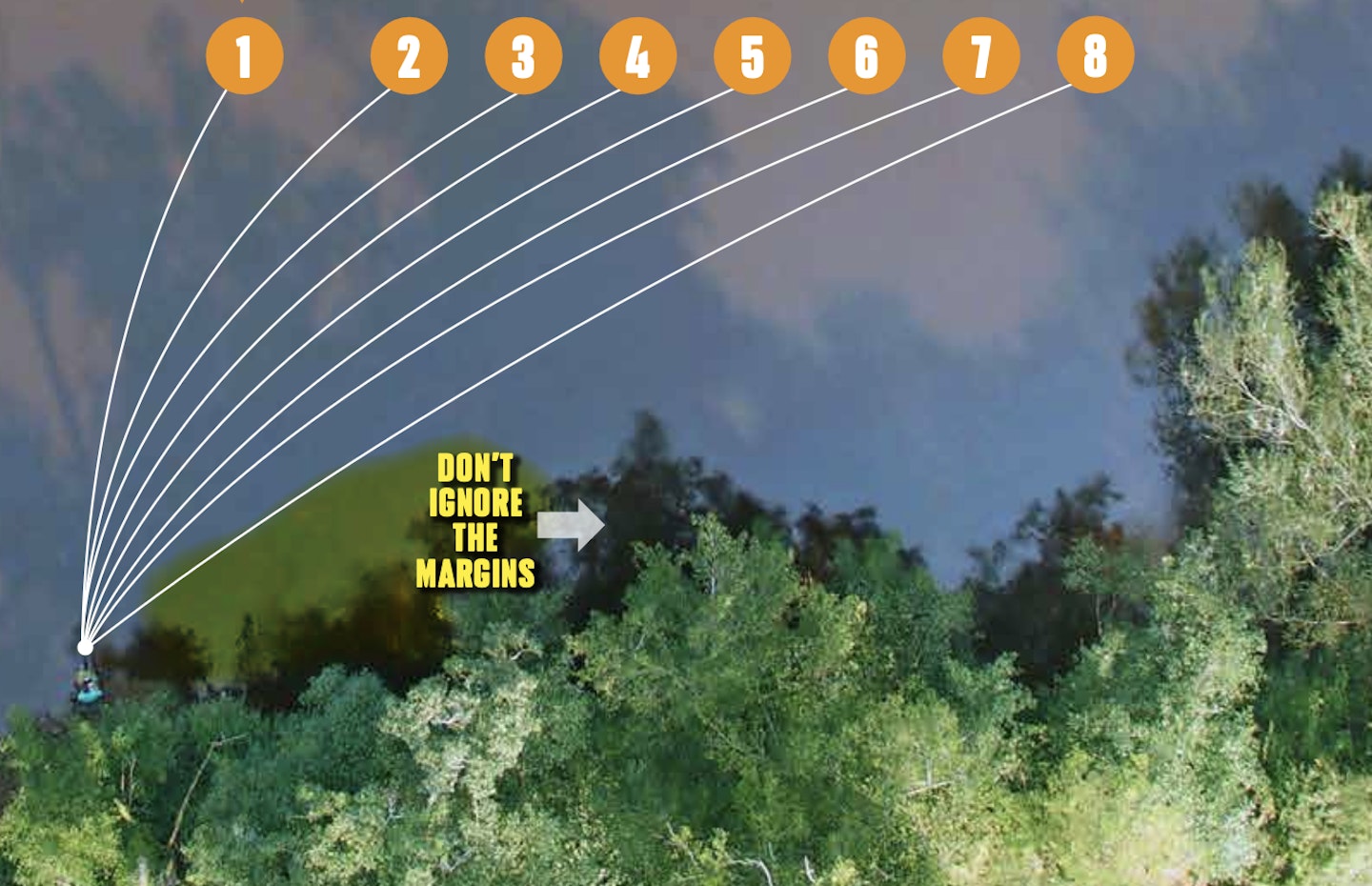
Tie them up
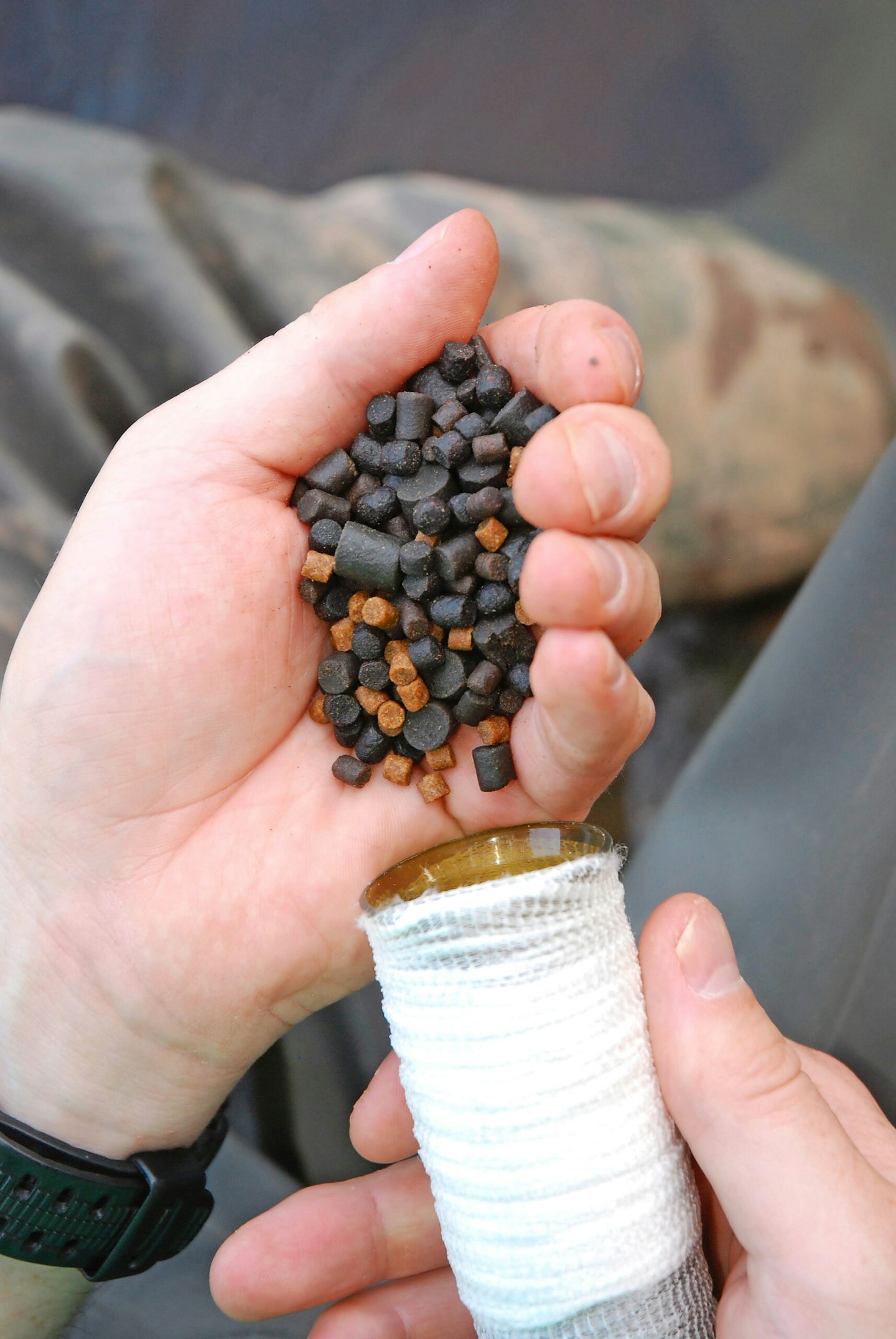 1 of 4
1 of 4Fill your PVA mesh with a generous handful of mixed- size high-attract pellets.
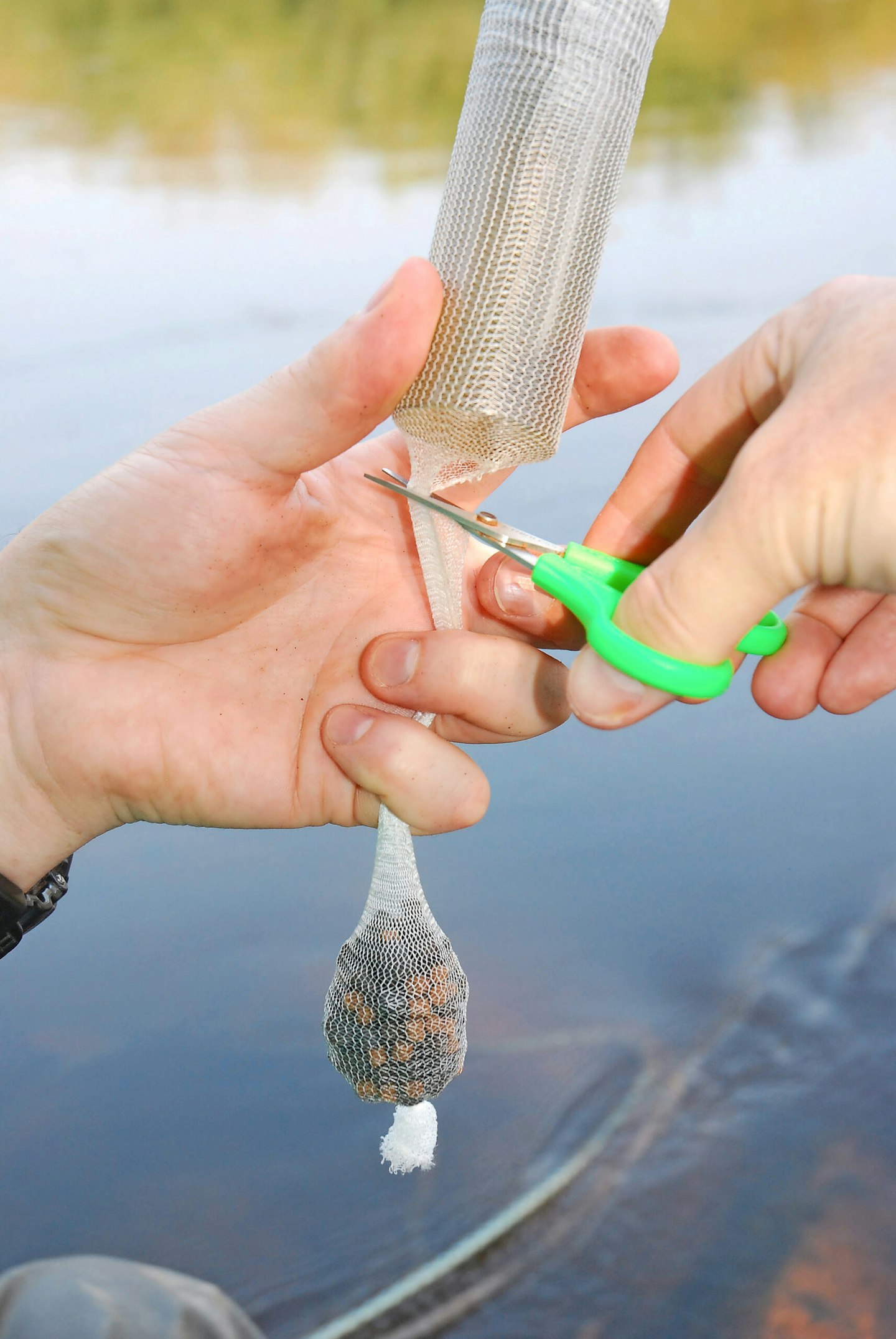 2 of 4
2 of 4Cut off the PVA from its continuous length, but leave a much longer tag than normal.
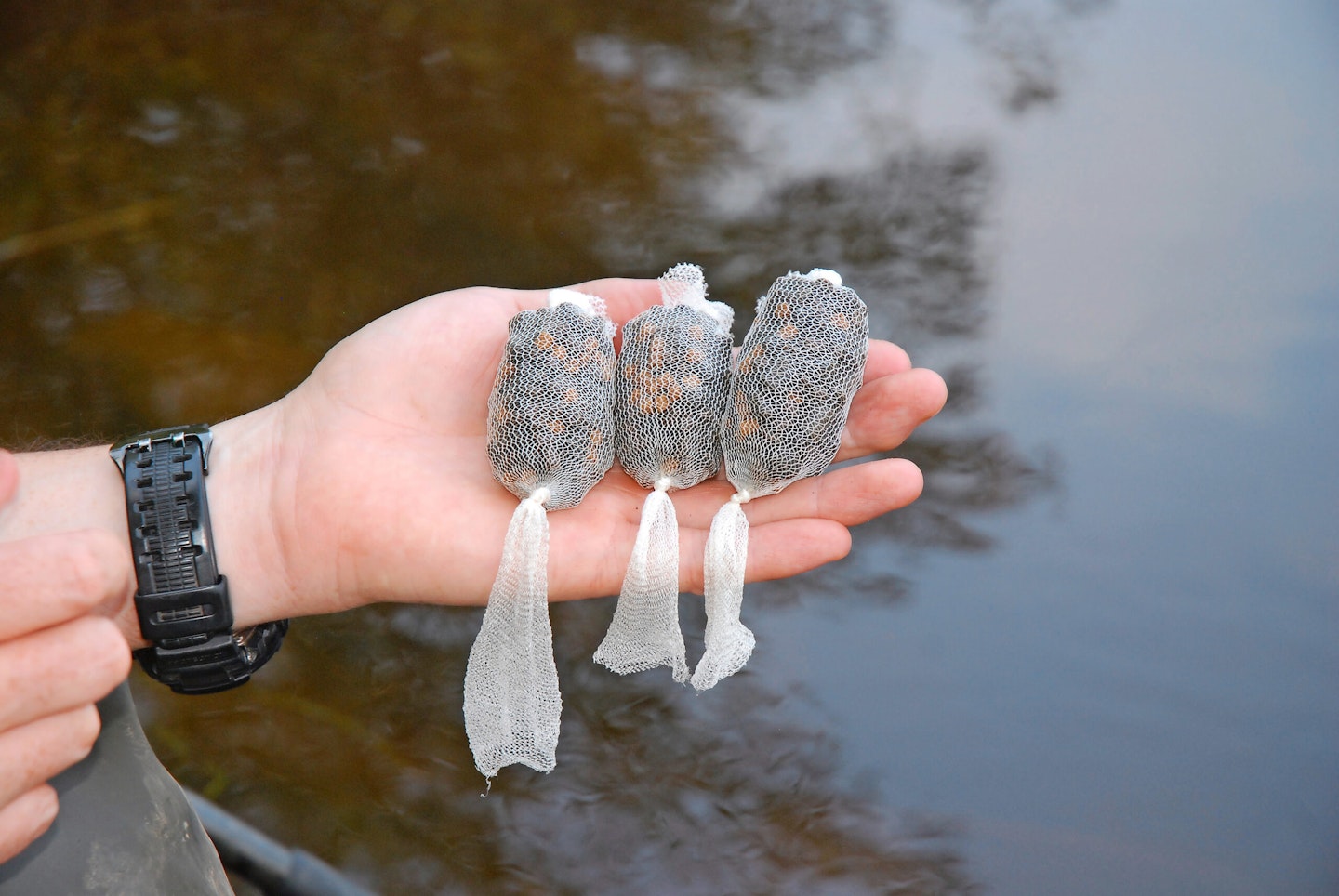 3 of 4
3 of 4Tie an overhand knot to seal the contents of the mesh bag. Note extra-long tag end.
 4 of 4
4 of 4